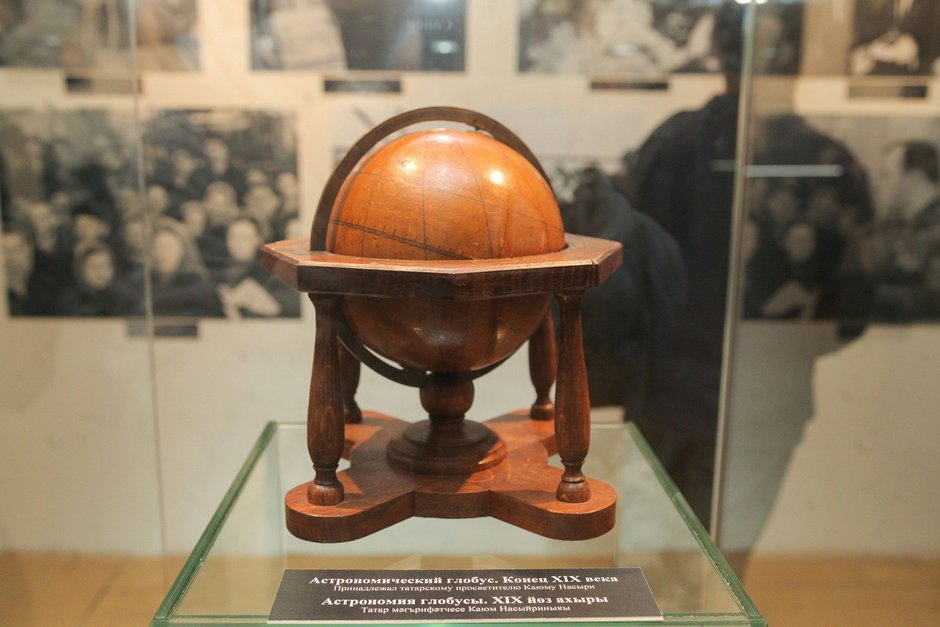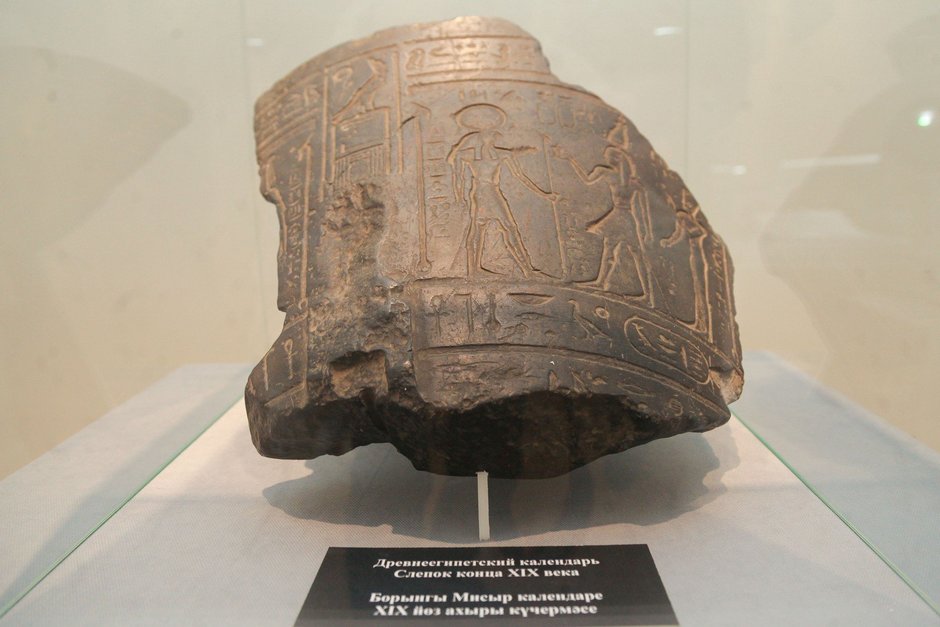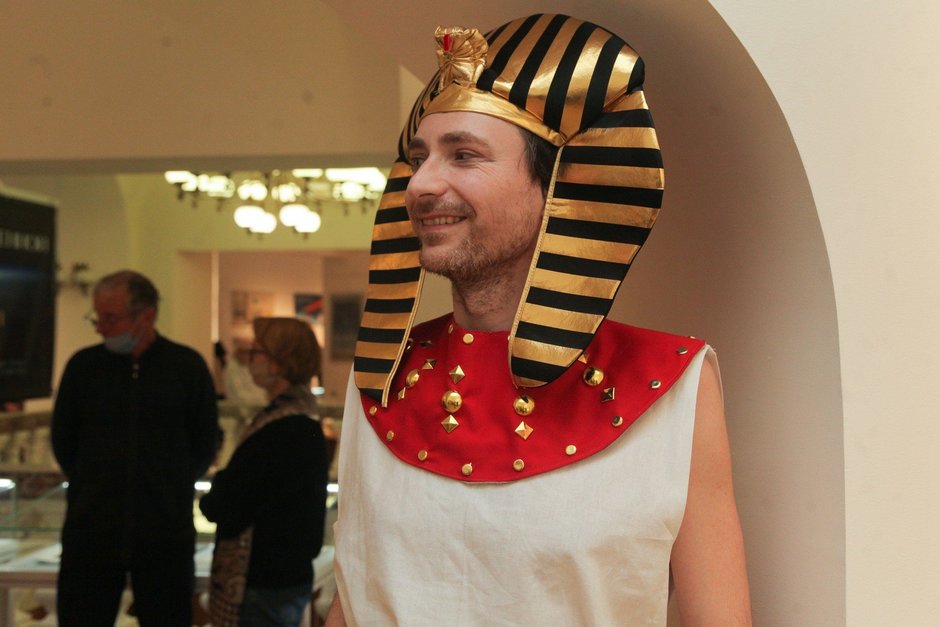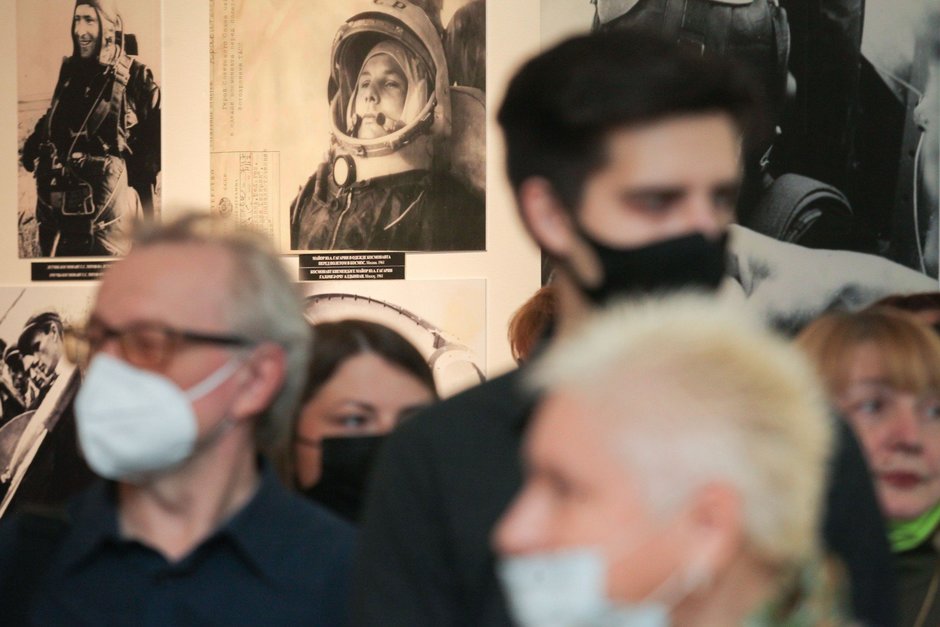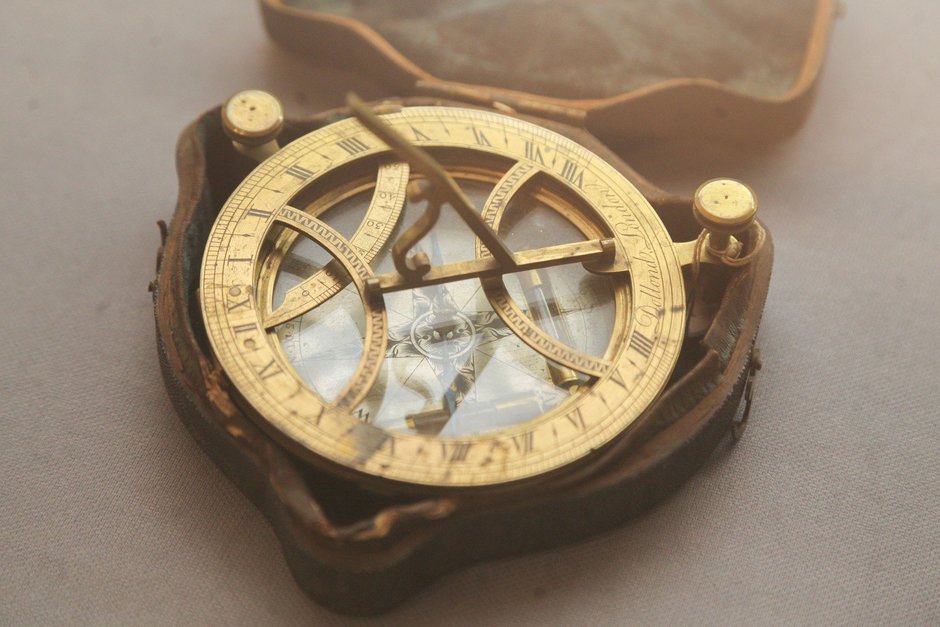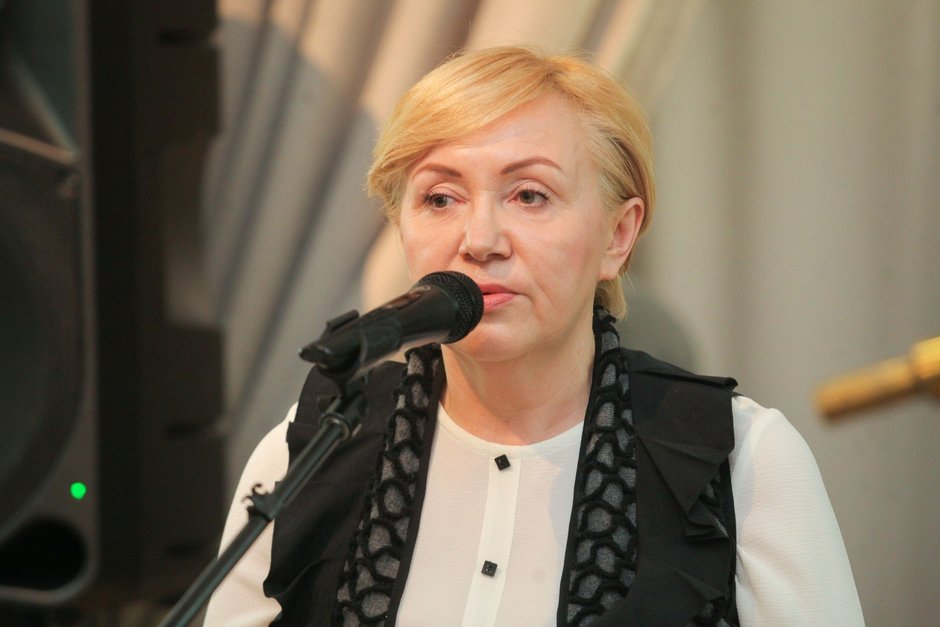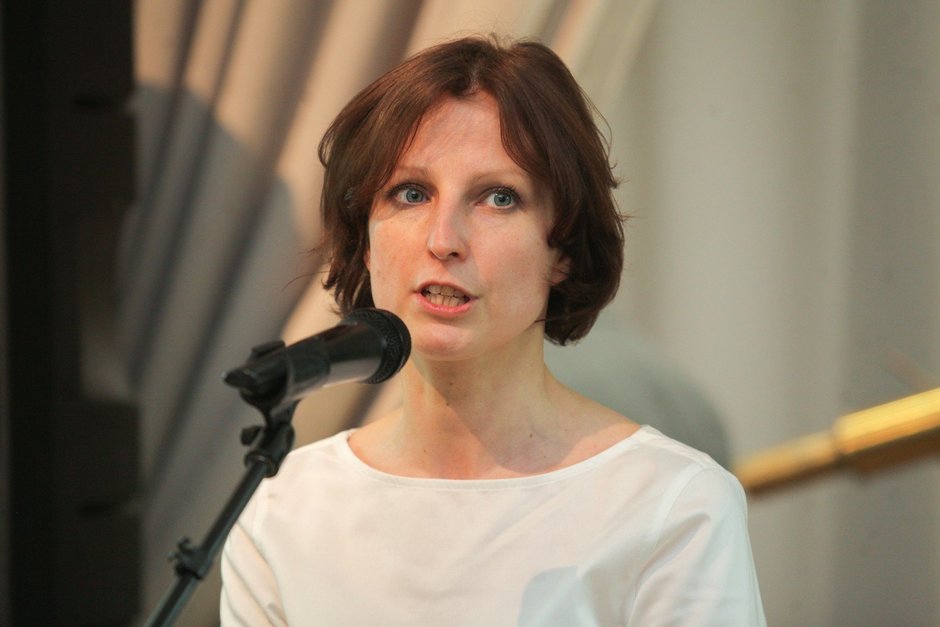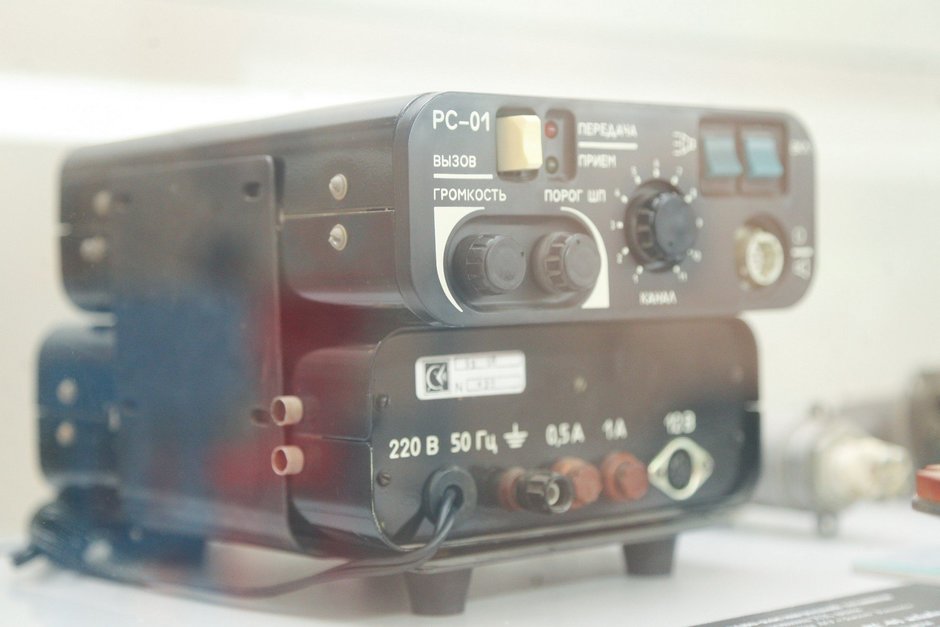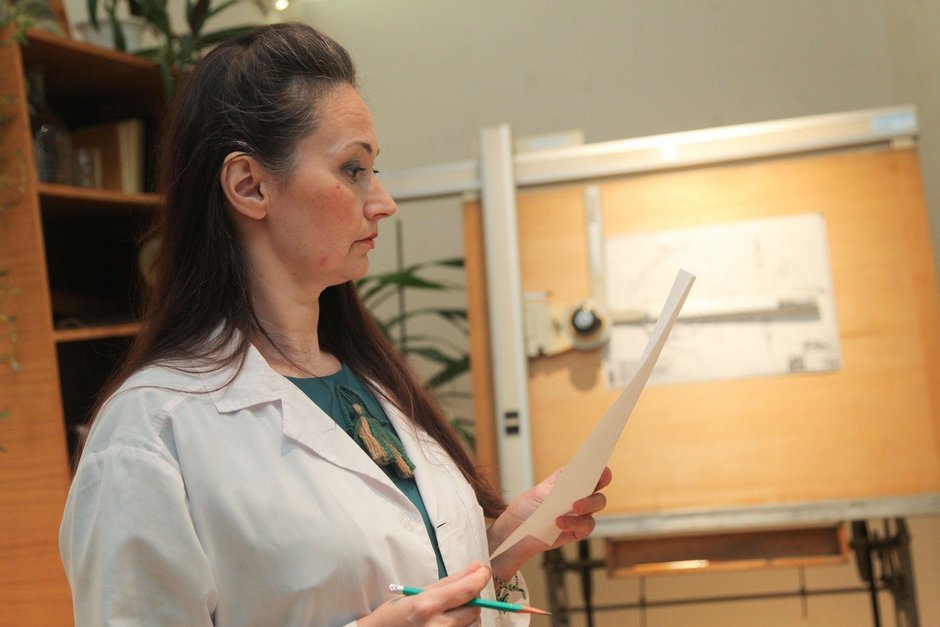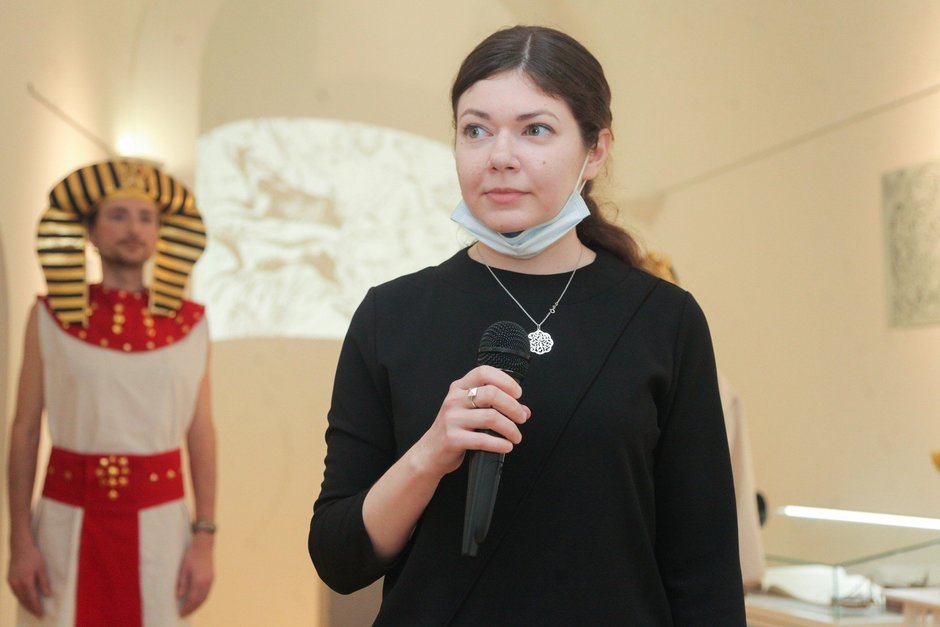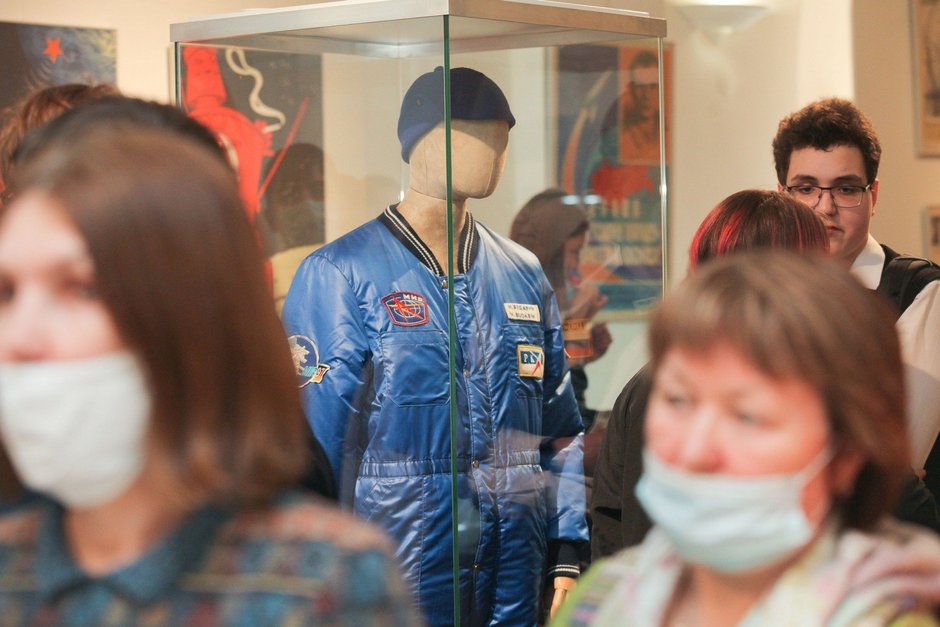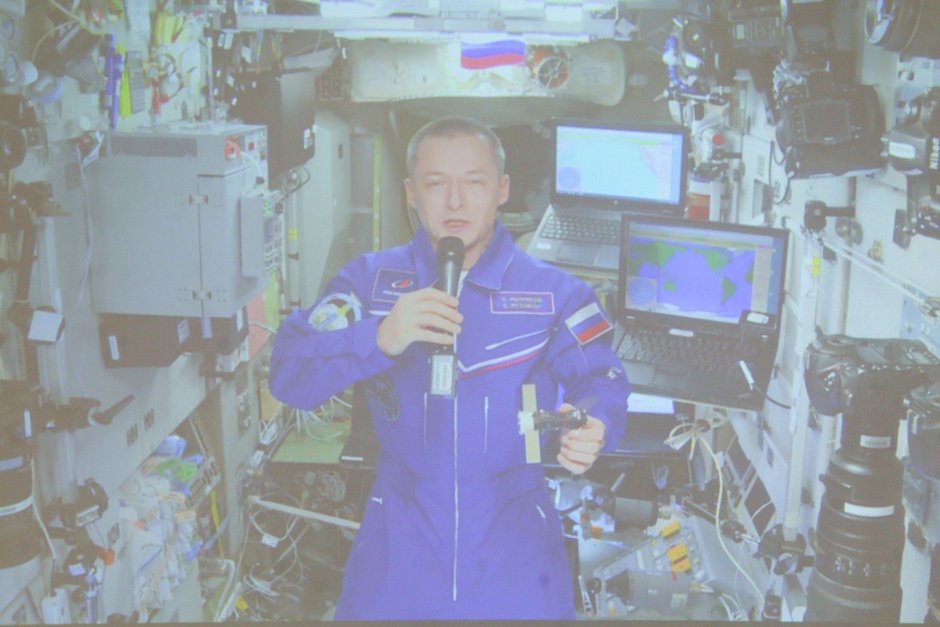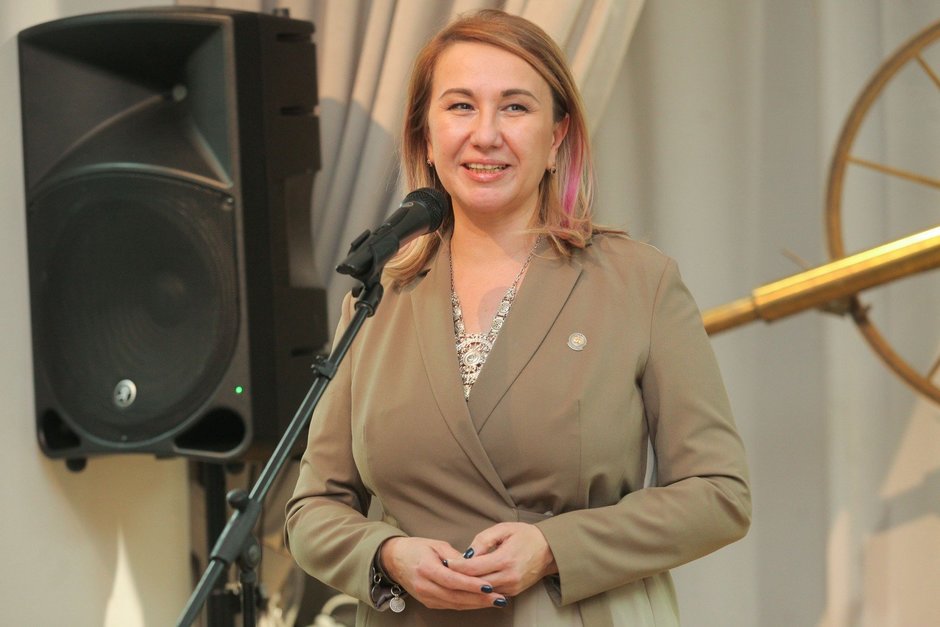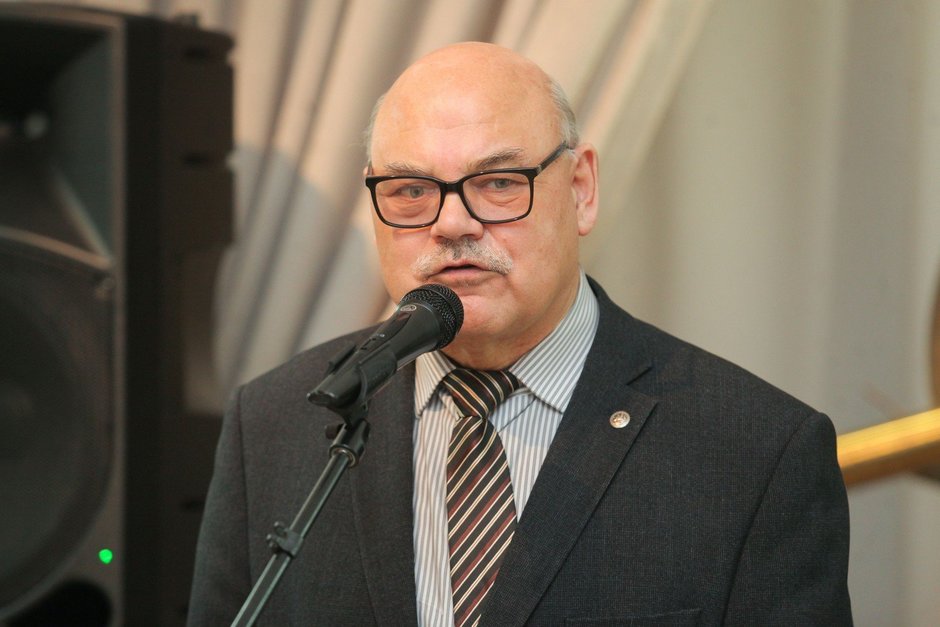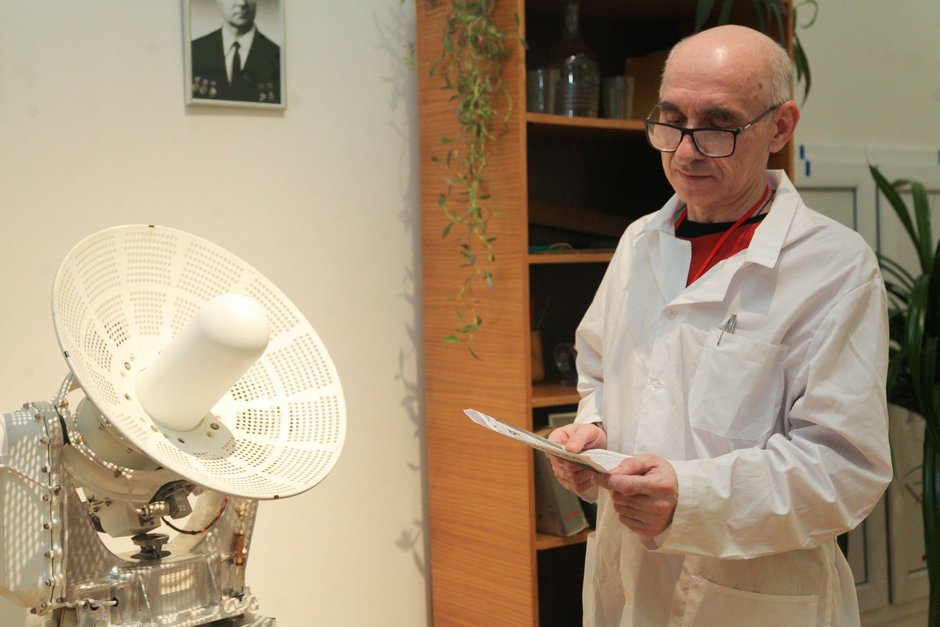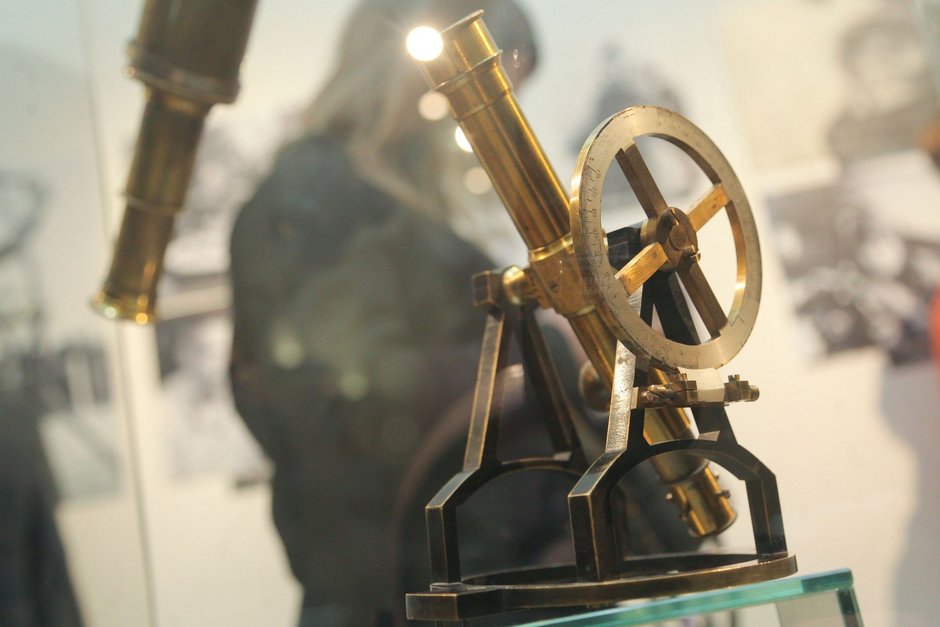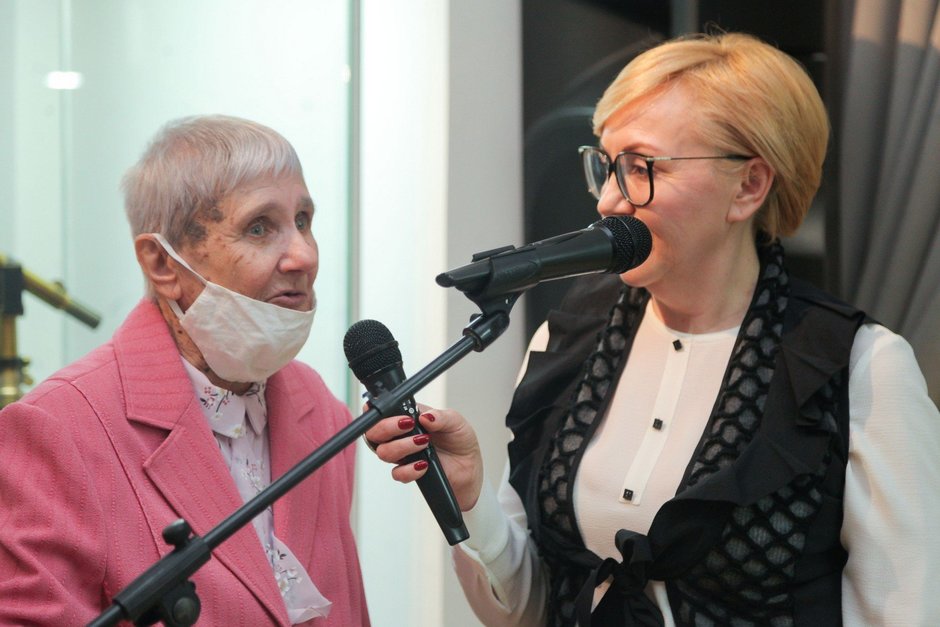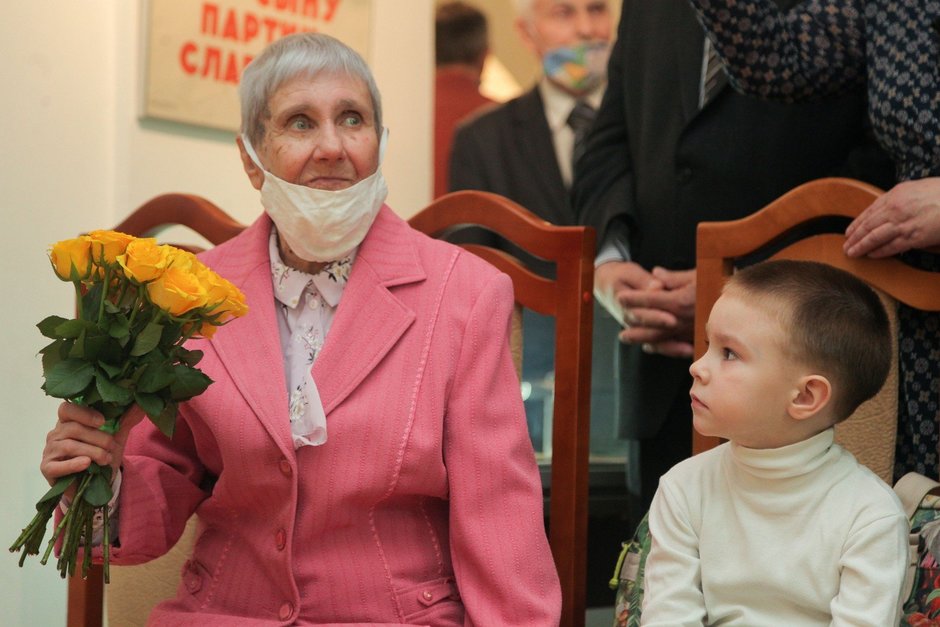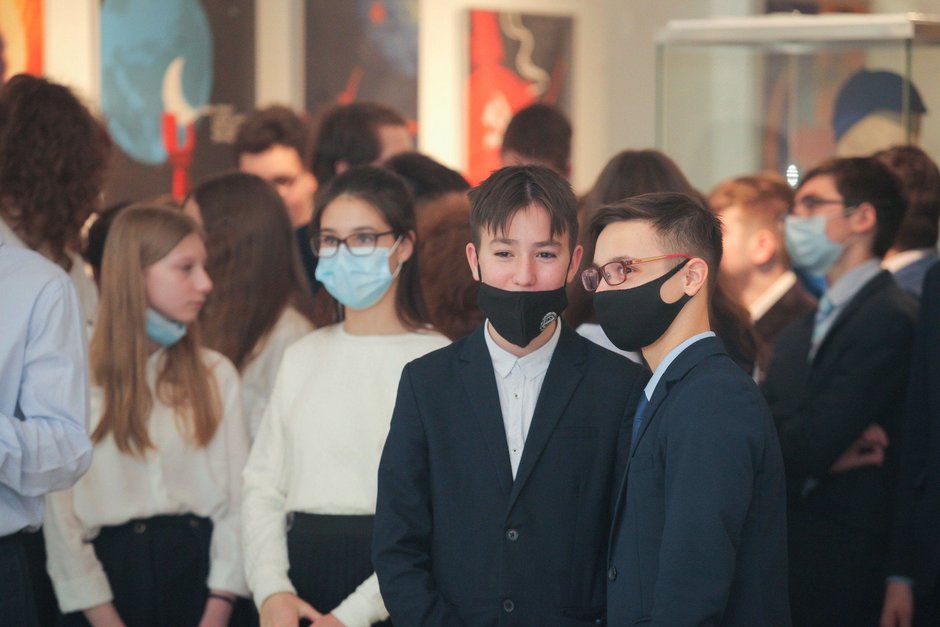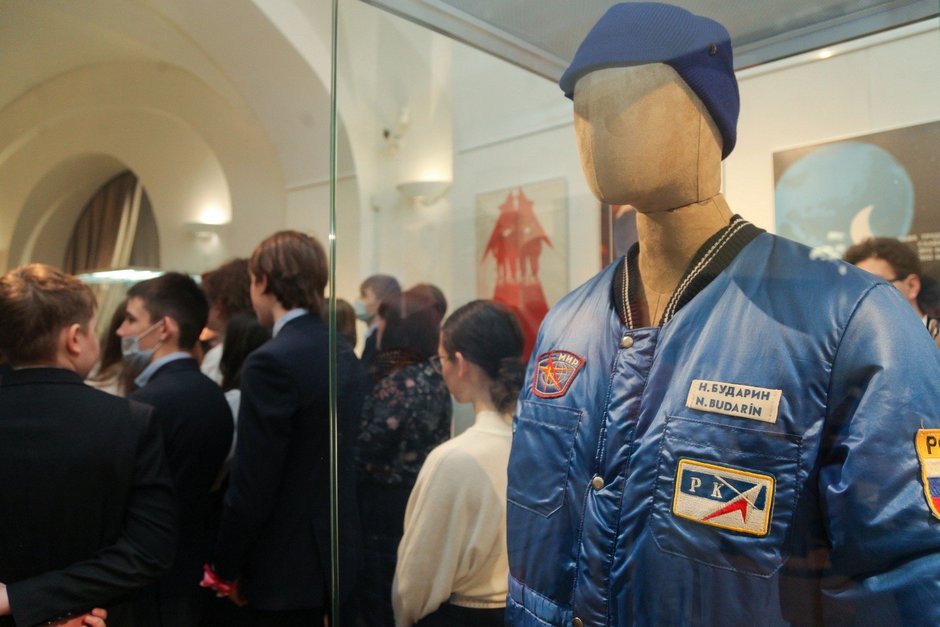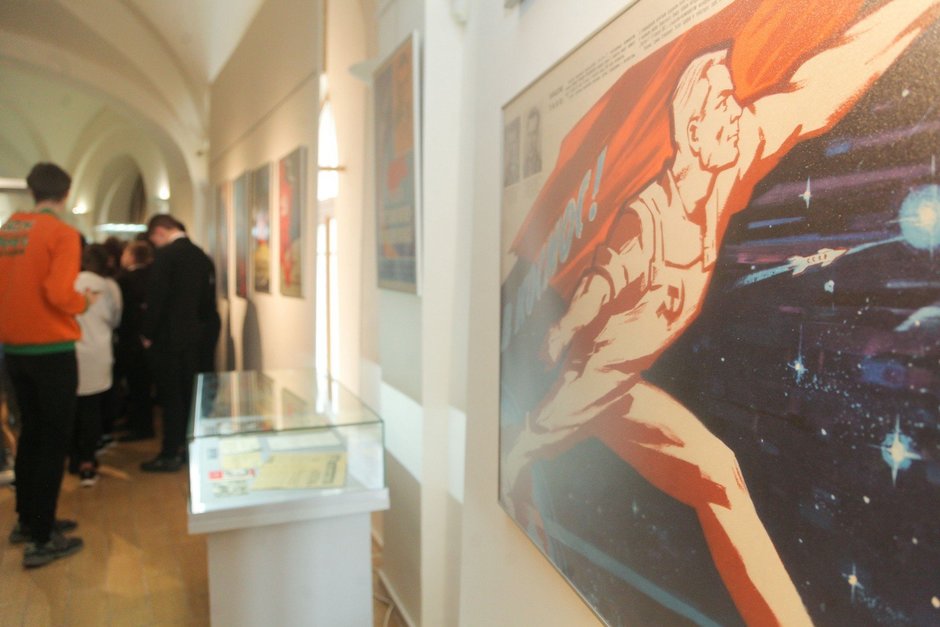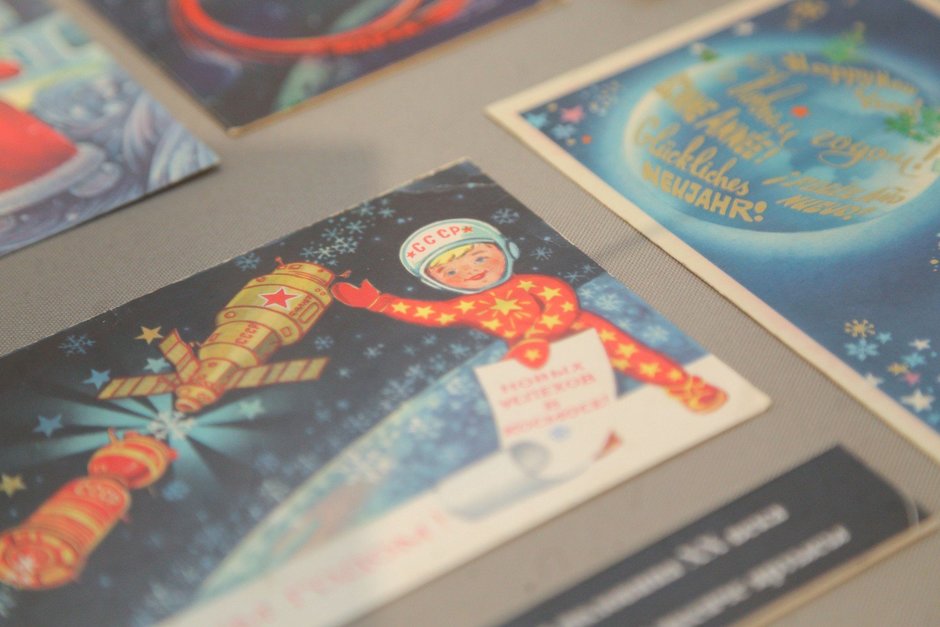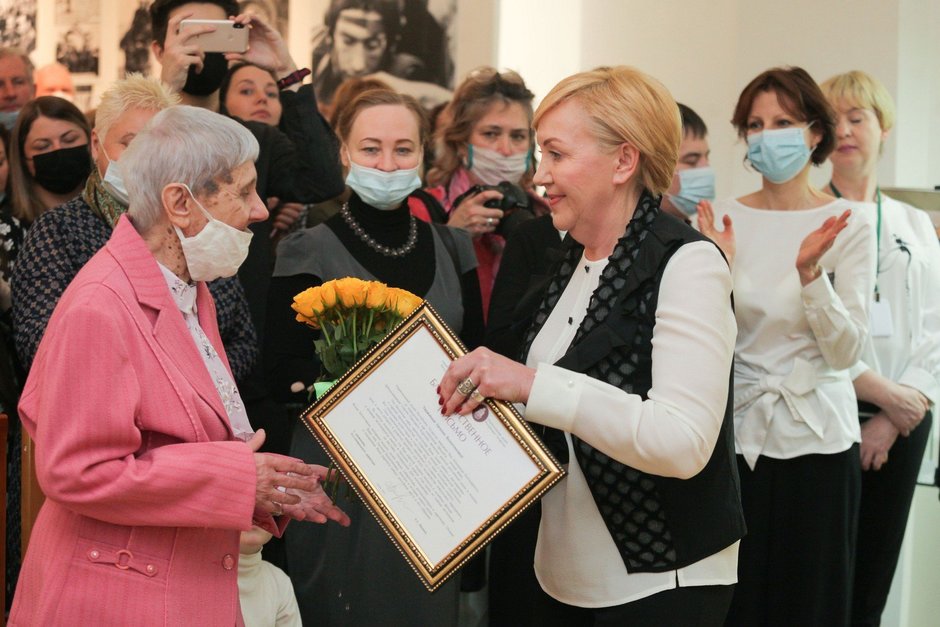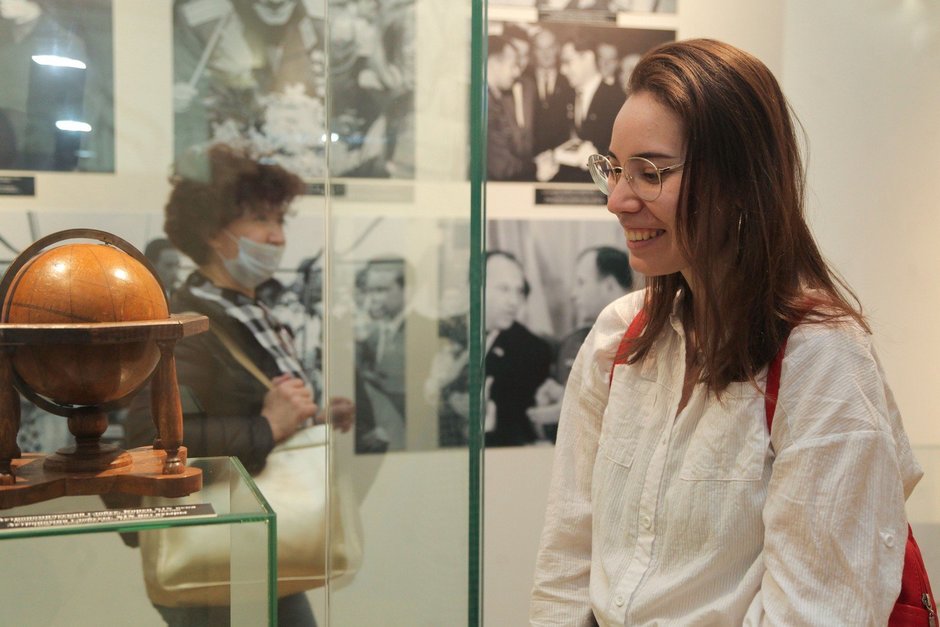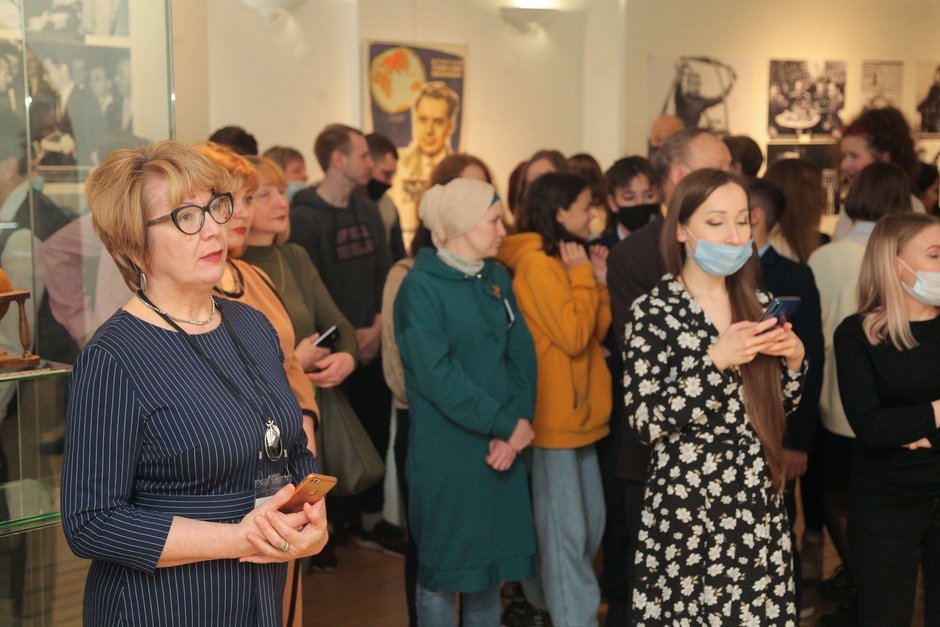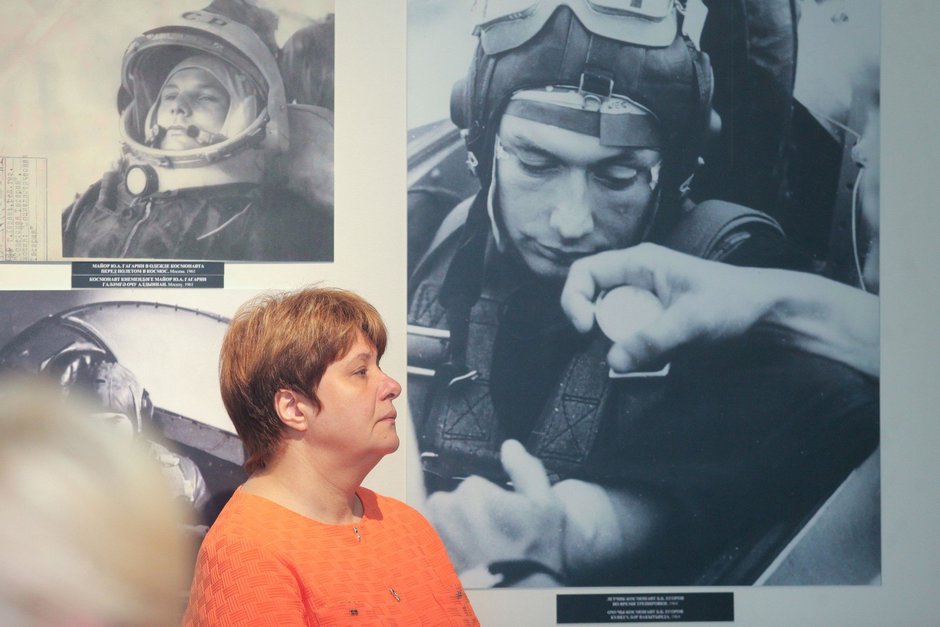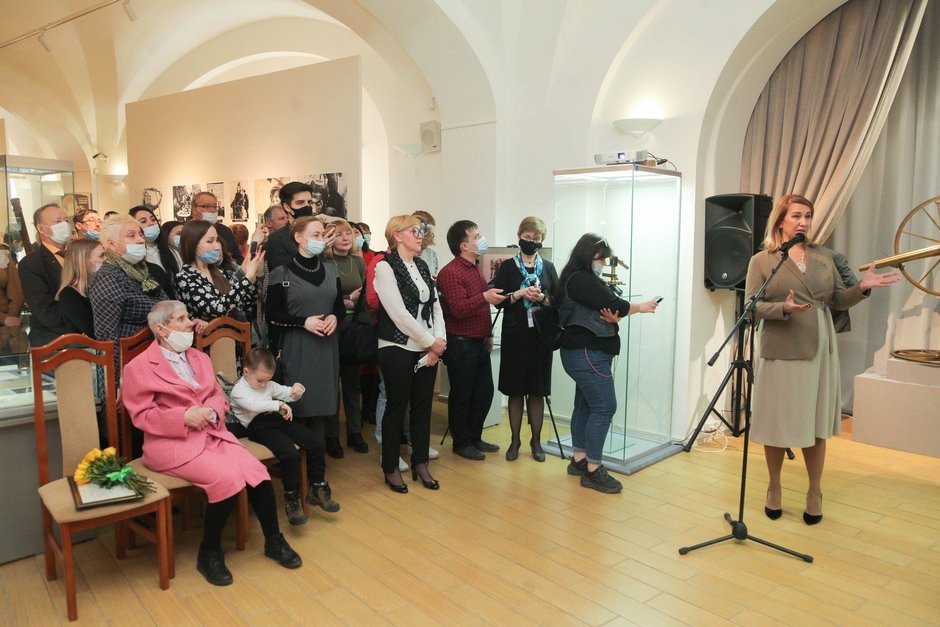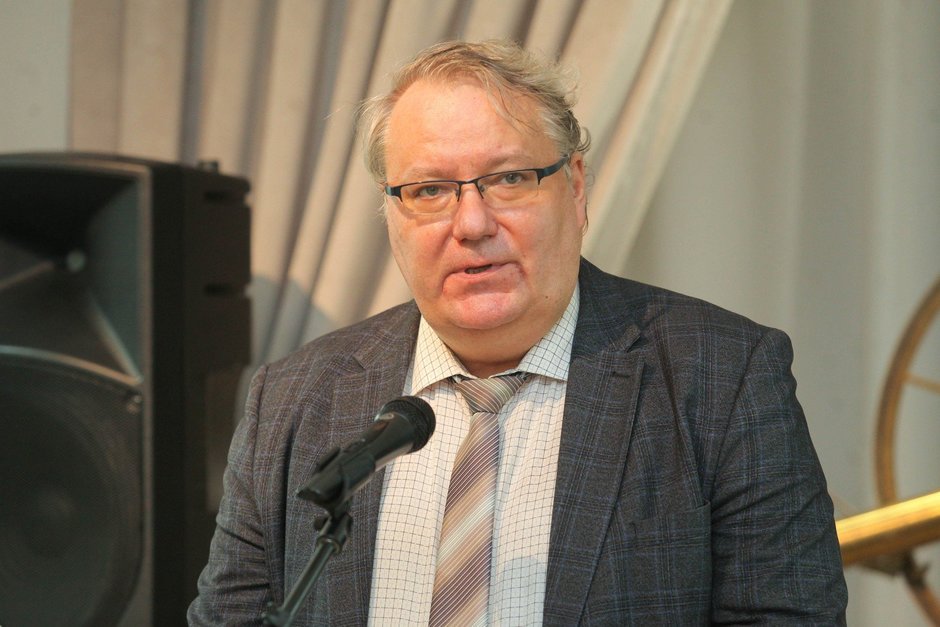On the Verge of the Universe: greeting from the ISS and Korolev's chess
'Space' exhibition has opened in the National Museum of Tatarstan
The National Museum of Tatarstan opened the exhibition 'On the Verge of the Universe' on Cosmonautics Day. It presents a lot of exhibits from the museum's collections, items from the Kazan Federal University, space instruments and parts that were produced by the Kazan factories Radiopribor and computers, as well as stamps, pins, postcards on space topics. How Sergey Korolev's chess appeared in the museum's collection, and who beat the great designer at checkers, for whom Arab scientists wrote about space, and who even before Gagarin landed in a space capsule, in the Zainsky district of Tatarstan — read in the report of Realnoe Vremya.
“Seeing the stars and paving the way to them in the bustle”
In honour of the space holiday, on the opening day of the exhibition at the National Museum, guests were greeted with appropriate music, which immediately set up the right mood — compositions of the Zodiac and Space groups. The foyer was crowded — students also came to see the “universal” rarities.
“Many cultural institutions are holding thematic events today, some will continue in the future, I hope that many students will come to see them," said Minister of Culture of Tatarstan Irada Ayupova at the opening. “The flight of one person is the work of many thousands of people. If the first rector of the Kazan Imperial University, Nikolay Lobachevsky, had not discovered non-Euclidean geometry, perhaps, there would have been no cosmonautics today. Another person worked on the Kazan land — Sergey Korolev. Without his engineering solutions, the human spaceflight in 1961 would not have taken place. And the list goes on. Life is infinitely interesting — today you discover something, and in 10 years, it becomes a legend. I wish you to see the stars in the bustle and make the way to them.”
Greetings to Tatarstan citizens from the ISS
At the exhibition, the contribution of Tatarstan to the study of space is reflected in the materials of the astronomical school of the Kazan University. Here you can find scientific works, photos of the observatory staff from different years, astronomical instruments of the 19th-early 20th century: telescopes, meridian circle, quadrant. There is also a unique exhibit — an astronomical globe of the 19th century, which belonged to Tatar educator Kayum Nasyri.
The opening began with a surprise — the crew commander, Sergey Ryzhikov, addressed the guests from the ISS:
“I, who was born in Bugulma, am particularly pleased to address my fellow countrymen today and congratulate you on Cosmonautics Day. Every year this holiday is widely celebrated, and the National Museum of Tatarstan does not stand aside, having prepared the exhibition 'In the Vastness of the Universe'. Come to the museum, learn, be enlightened, be surprised. Perhaps, in a few years, one of those who came to this exhibition will join the ranks of space explorers.”
Egyptian Calendar and Korolev's tube
Indeed, there is something to be surprised at at the exhibition. These are also archival photos from the festive meetings that took place in April 1961, if you look closely at the faces of people — you can read a lot about that time, because they were taken in Kazan. Perhaps, someone will recognise their relatives on them. Another series of photos is dedicated to the arrival of Yury Gagarin and other famous cosmonauts in the capital of Tatarstan. Collectors will be interested in collections of stamps, pins, postcards and posters on the space theme. History lovers will linger at the fragment of the ancient Egyptian calendar and ancient books written in Arabic script. The Textbook on Mathematics and Astronomy by Ziyabek, written in 1888 for cadets of military schools, and the Collection of Scientific Stories from the work 'Mella Jalal' of the 18th century are in the museum showcases.
However, two items take a special place in the exhibition. Not so ancient, but very significant — this is the personal chess and smoking pipe of Sergey Korolev. It was presented as a gift to the museum by Yevgenia Sarkisova, a daughter of academician Valentin Glushko. The legendary designer left these items in the room where he lived during his exile in Kazan, where he worked in the design bureau of the prison type — OKB-16 at the Kazan Aircraft Factory No. 16. It was here that Korolev developed his idea of the practical use of rocket engines to improve aviation. Then, as the chief designer of the group of rocket launchers, he was engaged in improving the technical characteristics of Petlyakov Pe-2 dive bomber.
“I used to win at checkers all the time with Uncle Seryozha!”
In Kazan, the “chief”, as almost everyone called Korolev at that time, stayed from 1942 to 1945, until he left for Moscow after the early termination of his imprisonment. If some called him a “gloomy pessimist”, whose favourite phrase was “We are all going to be whacked and there will be no obituary”, then Aleksey Leonov, the first man in outer space, never saw him angry.
Korolev occupied one room in a house at Lyadova Street, 5. Nearby, in a shed with goats, there lived the family of Academician Valentin Glushko, also an exiled scientist who worked under the supervision of the designer.
“I was only six years old, but I remember something. When my father was ill, Sergey Pavlovich would come to our house, to the shed. Of course, he seemed big to me, grown-up, like father. By the way, he often sat down to play checkers with me, and I always won! Of course, it wasn't until I grew up that I realised he was just giving in to me. His personal belongings were left in the room we occupied after he left. Thanks to my mother, they were preserved, and I, too, was brought up to preserve and pass them on. After all, he and my father were not enemies of the people, but friends of humanity," Yevgenia Sarkisova told Realnoe Vremya.
Chernushka and Ivan Ivanych
Rustem Gaynetdinov, the head of the Department for Monitoring and Forecasting of Public Development of the Department for Interaction with Civil Society Institutions of the Department of the President of Tatarstan on Internal Policy, told the guests of the exhibition about another fascinating fact. He noticed that in March 1961 he was still a child but later restored the whole picture from the stories of eyewitnesses:
“On March 9, the last test flight of a spacecraft with dogs on board took place. Once again, the catapult and other means of saving a person were tested. The space craft with Chernushka the dog, whose company was also a mannequin named Ivan Ivanovich, landed then in the Zainsky district of Tatarstan, the inhabitants of the village of Stary Tokmak were witnesses to this. Later, I was given a part of the hull of the ship, now it is stored in the KGB museum in Naberezhnye Chelny.”
Now in the school museum of the village, there is a museum in honour of the memorable landing of the dog, and in Zainsk, there is a monument to it.
On the Verge of the Universe exhibition also includes modern space exhibits. One can see the training suit of the 82nd Russian cosmonaut Nikolay Budarin. He flew into space three times and has a flight time of 444 days.
The exhibition will be open until June 1.
